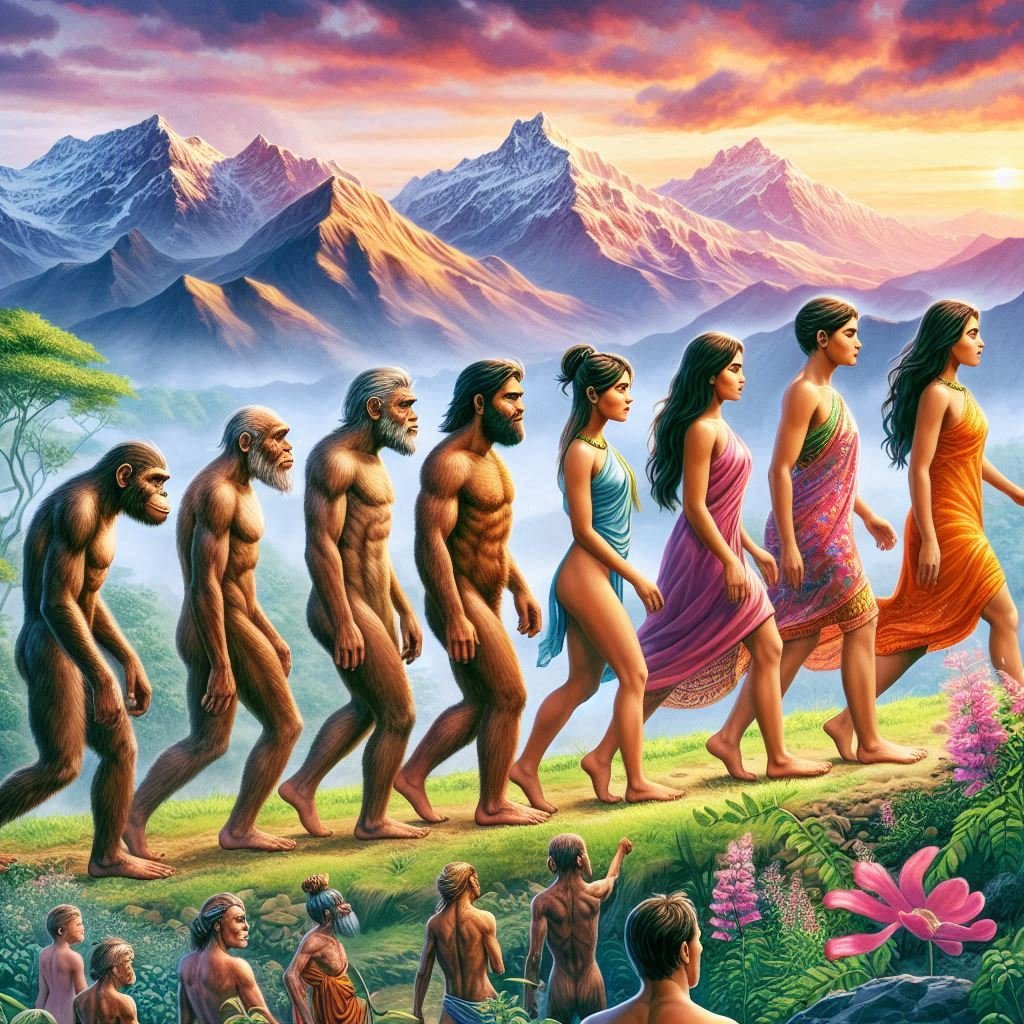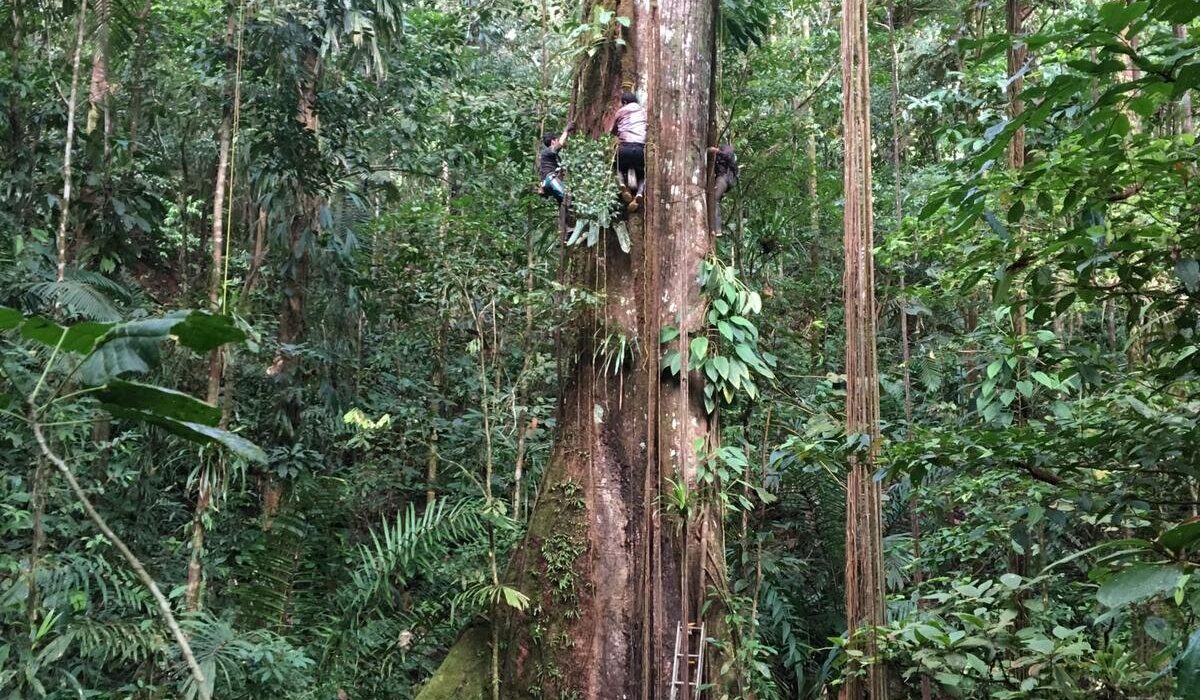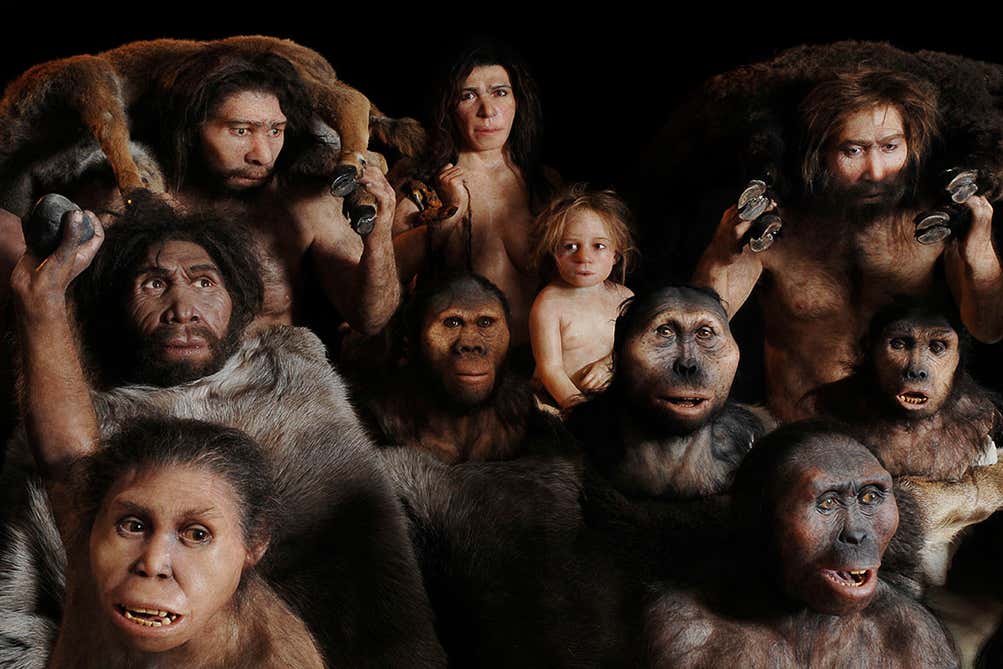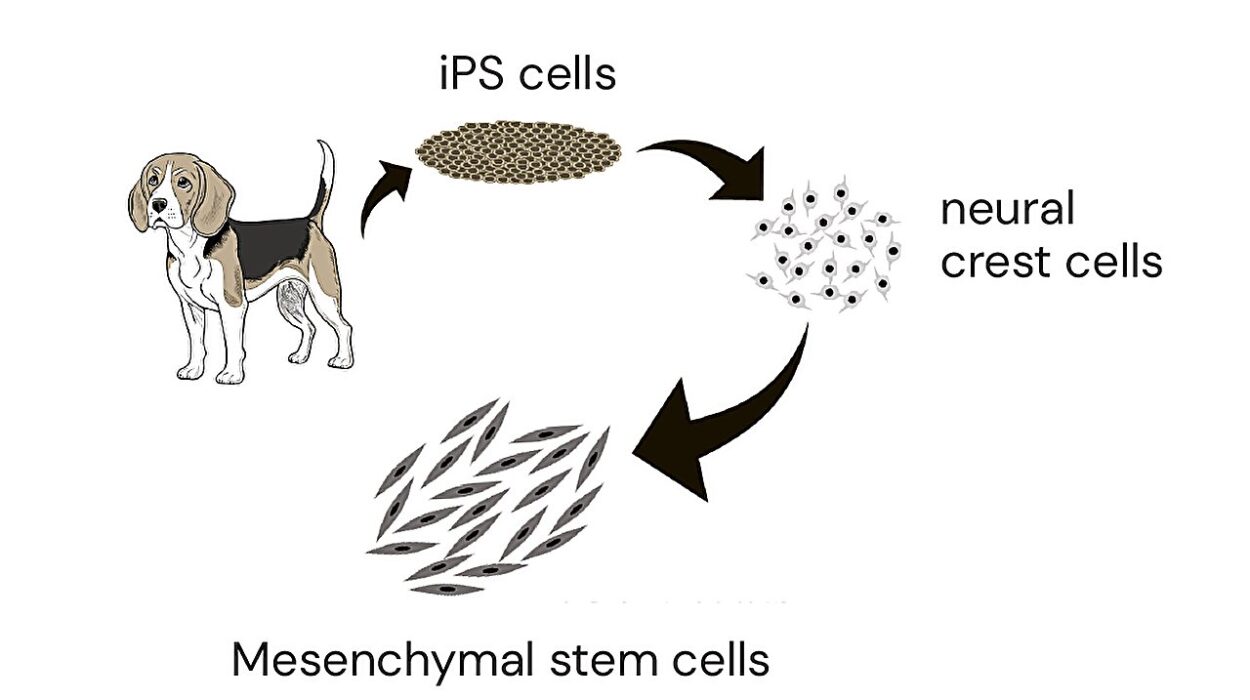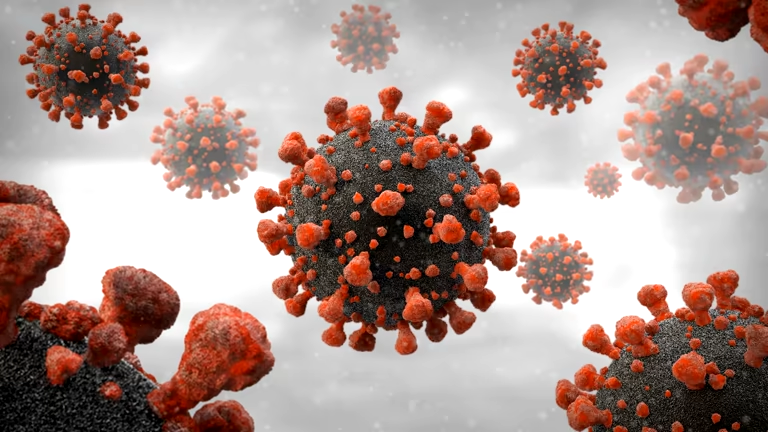The concept of evolution is often associated with distant timeframes—millions of years, ancient creatures, and dramatic changes in species. When we think of evolution, it’s easy to imagine it as a slow, gradual process that played out in the distant past. But the question arises: do we, as humans, still evolve today? If evolution is a continuous process, then does that mean we are still undergoing changes in response to our environment, genetic mutations, or new survival pressures?
Understanding whether humans continue to evolve requires a deep dive into evolutionary theory, genetic changes, and the complex interplay between our biology and the environment. This article will explore what evolution is, how it occurs, and examine the evidence that suggests humans are still evolving in the modern world.
Evolution: A Quick Overview
Before diving into whether we still evolve today, it’s important to define what evolution is. At its core, evolution refers to the change in the genetic makeup of a population over successive generations. These changes occur due to mutations in genes, natural selection, genetic drift, and gene flow, leading to traits that either help or hinder an organism’s ability to survive and reproduce.
While Charles Darwin’s theory of natural selection in the 19th century is often credited with bringing the idea of evolution into the public consciousness, the principles of evolution were in development long before Darwin. His key contribution was the idea that organisms with traits better suited to their environment are more likely to survive and pass those traits on to future generations.
Evolution can be divided into several mechanisms:
- Natural Selection: The process by which advantageous traits become more common in a population because individuals with those traits are more likely to survive and reproduce.
- Mutation: Random changes in genetic material that can introduce new traits into a population.
- Gene Flow: The movement of genes between populations through migration or interbreeding.
- Genetic Drift: The random fluctuation of gene frequencies in a population due to chance events, particularly in small populations.
Are Humans Still Evolving?
The simple answer is yes—humans are still evolving today. However, this doesn’t mean we’re seeing dramatic changes like the emergence of new species overnight. Evolution occurs on timescales that span many generations, and the changes we’re undergoing might be subtle. But the mechanisms that drive evolution are still active.
Genetic Mutations: The Raw Material of Evolution
One of the fundamental elements of evolution is genetic mutations. Mutations are random changes in the DNA sequence that can introduce new genetic variants into a population. While many mutations are neutral or harmful, some can provide an advantage in certain environments. These beneficial mutations can accumulate over time and contribute to the gradual evolution of a species.
In humans, mutations still occur regularly. For example, some studies suggest that humans are evolving genetically at a faster rate than previously believed. Recent research indicates that mutations are happening more frequently in modern populations than they did in the past, likely due to increased population sizes and advancements in medical technology.
For instance, in the past, humans faced high mortality rates from diseases like smallpox, malaria, and tuberculosis. Over time, genetic mutations that conferred resistance to these diseases became more prevalent. Today, humans are still evolving in response to environmental pressures, though these pressures may not be as immediately life-threatening as in the past.
The Role of Natural Selection
Natural selection remains one of the primary forces driving evolution. However, its effects may not be as easily observable in modern humans as they were in ancient populations. In our present-day society, technological advancements, medical interventions, and cultural changes have alleviated many of the harsh survival pressures that our ancestors faced.
For example, modern medicine has greatly reduced mortality rates due to infectious diseases. Vaccines, antibiotics, and improved hygiene practices have all contributed to a population that is less vulnerable to diseases. As a result, traits that might have been beneficial in the past—such as resistance to diseases—are no longer as critical for survival.
However, natural selection still plays a role in shaping the human population. A study from the University of Chicago found that modern humans are undergoing selection for traits like height and body size. People with certain genetic traits, such as better immune responses or a higher likelihood of surviving childbirth, may still have a higher chance of passing on their genes to future generations.
In certain populations, traits related to reproductive success continue to be selected. For instance, in some cultures, taller individuals may be more likely to attract a mate, influencing the selection of height-related genetic traits. Similarly, women who give birth more easily and experience fewer complications may pass on genes that confer better reproductive health.
Genetic Drift and Founder Effects in Modern Populations
Genetic drift, the random fluctuation of genetic traits, still plays a role in human evolution. This is especially true in isolated or small populations. For example, in isolated communities or island populations, genetic drift can have a significant impact on the gene pool. Over generations, certain traits may become more common simply by chance, rather than because they provide a survival advantage.
The “founder effect” is another phenomenon related to genetic drift. This occurs when a small group of individuals establishes a new population, and the genetic diversity of that group becomes limited. In the case of human evolution, populations that have been isolated for long periods—such as some indigenous tribes—may have unique genetic traits due to the founder effect.
The Impact of Modern Technology on Evolution
In the past, evolution was primarily driven by natural environmental pressures. But today, technology plays an increasingly prominent role in shaping the future of human evolution. The advent of modern medicine, genetic engineering, and biotechnology has had profound effects on how we live and reproduce.
For example, medical advancements like organ transplants, artificial reproductive technologies (e.g., IVF), and genetic testing can all influence the genetic makeup of future generations. Some researchers argue that we are now able to “direct” our own evolution in ways that were never before possible. By understanding the genetic basis of diseases, we can make informed choices about reproduction, potentially eliminating harmful genetic mutations from future generations.
However, some critics argue that these technologies could have unintended consequences. For instance, gene editing technologies like CRISPR-Cas9 have raised ethical concerns about “designer babies” and the potential for genetic modifications that could alter the course of human evolution. These advancements could potentially bypass natural selection and allow for rapid, artificial changes in the human gene pool.
Evolution in the Context of Globalization and Cultural Shifts
In today’s globalized world, the forces of cultural evolution might be just as important as the biological forces. As societies become more interconnected, cultural practices and social norms are shaping the way humans evolve. One example is the growing trend of global migration. People from diverse genetic backgrounds are intermarrying, which has led to a greater exchange of genetic material across populations. This blending of genetic diversity could influence human evolution in ways that were not possible in earlier isolated societies.
Cultural evolution also plays a key role in shaping how humans interact with their environment. The development of technology, for instance, has allowed us to adapt to new challenges in ways that biology alone could not accomplish. Human evolution is no longer solely driven by biological factors; social, cultural, and technological factors now contribute to how we evolve.
The Future of Human Evolution
What does the future hold for human evolution? With the rapid pace of technological advancement, the next steps in our evolutionary journey could look vastly different from what we’ve seen in the past. Genetic engineering, AI, and the merging of biology with technology (e.g., cybernetic enhancements) could lead to a future where humans evolve not only biologically but also artificially.
Some theorists even speculate that humans may one day merge with machines, creating a post-human future where biology and technology are indistinguishable. The integration of artificial intelligence, advanced prosthetics, and biotechnology could redefine what it means to be human and could lead to forms of evolution that we are only beginning to understand.
Conclusion
So, do we still evolve today? The answer is a resounding yes. Evolution is an ongoing process, and while the changes may be subtle and less dramatic than in the past, humans are still subject to the forces of genetic mutation, natural selection, genetic drift, and cultural shifts. The ways in which we evolve today, however, are influenced not only by biological factors but also by technology, culture, and society. As we continue to advance scientifically and socially, the future of human evolution will likely be shaped by factors that are far beyond the natural forces of the past.
Human evolution is not an ancient relic but an ongoing story—a story in which we play an active role. As we learn more about our genetic makeup, harness the power of technology, and adapt to new environments, we may be standing at the threshold of a new chapter in the ongoing saga of human evolution.
